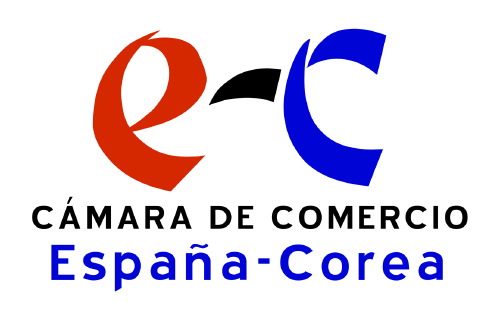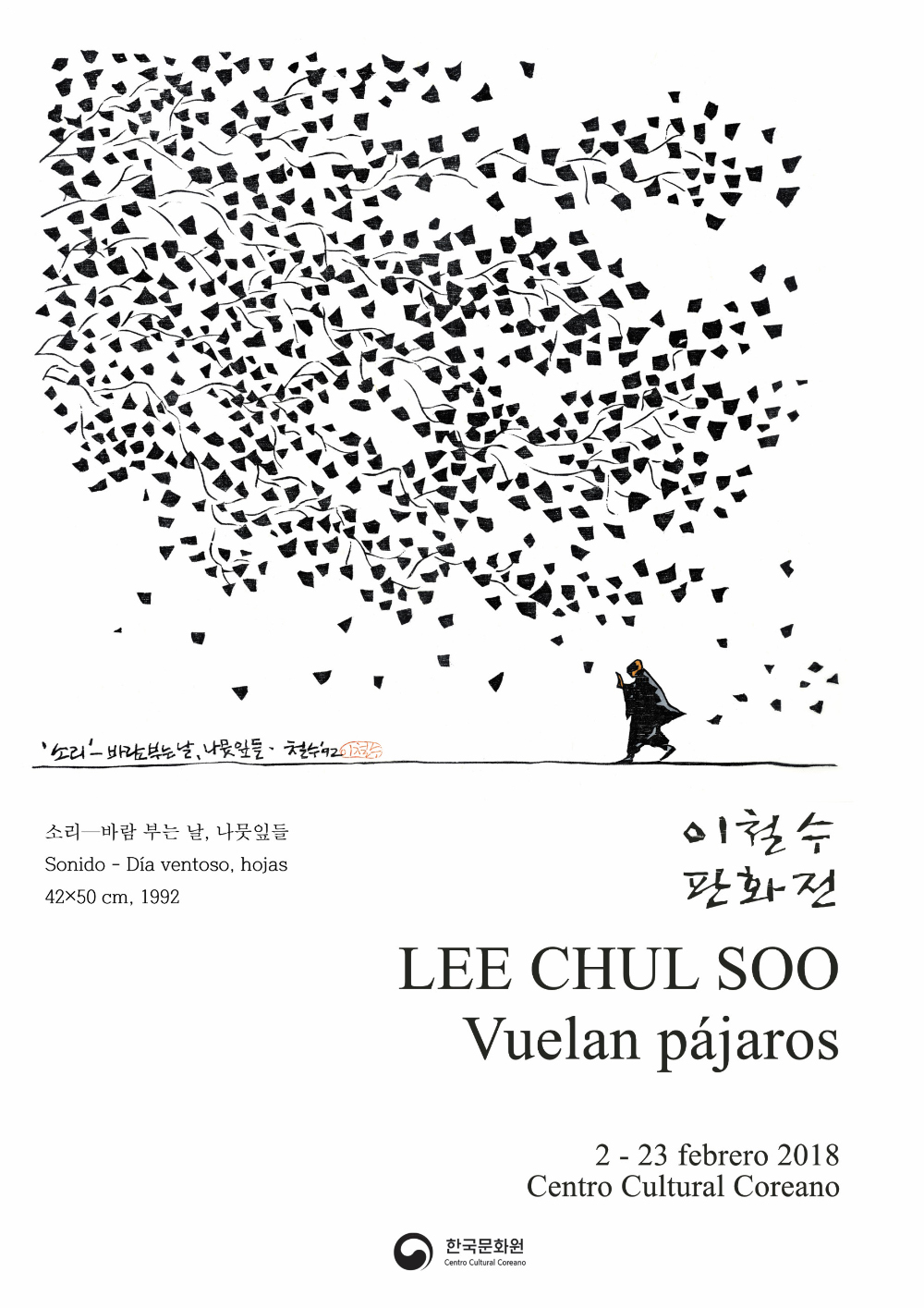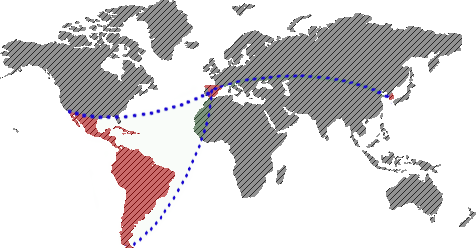The collection is composed of 37 woodcuts and printed on paper by hand, dating from 1990 to 2017, and offers an approach to Korean popular culture with the harmony of nature and man, also based on their own observations and the wisdom resulting from life, and inspired by Buddhist teachings, reflecting the current political and social situation in South Korea. With simple lines, points, and poems written in the illustrations, the works represent as a whole a very powerful visual impact on its viewers. In this sense his engravings go beyond the existing engravings.
It is an exhibition that recreates the life of Lee, which in turn represents our own life and the moment in which there is a pause to reflect on life. In addition to being an artist, Lee is a farmer with his wife, a practitioner of Zen Buddhism, and an enthusiastic observer of daily life in his hometown. Lee's poetic reflections express the relationships that humans have with their natural environment, their families and neighbors, and with all people around the world. The artist captures an instant of deep experience in a philosophical way and at the same time with a lot of humor.
Characterized by an unmistakable style, the works of the Korean artist Lee Chul Soo are not only known in Korea, but are also having a great international recognition. Exhibitions of his works have taken place in many European countries and also in the United States. This makes Lee one of Korea's most prominent and representative artists, who paints, records and makes calligraphy by carving the wood with a sharp object.
Lee's work began in the 1980s as a self-taught artist linked to Minjung, a popular painting movement whose objective was to express a social critique of dictatorship and Americanization through the language of art, following the massacre of Gwangju that took place in 1980. His works represent peasants and farmers who work in contact with nature and contain a harsh criticism of society.
From this point of view, the art of Lee Chul Soo was not very far from the trends of the 90s, and in fact was inspired by the Buddhist teachings of Zen, especially the teachings of the Buddhist master Baizhang Huaihai (720-814), who is also referred to in his works as Master Baizhang. Baizhang and his monks developed their own rules, worked the field and lived on it, so they were very fortunate to be able to remain independent during the difficult period in which Buddhism was harshly persecuted.
Lee Chul Soo follows these doctrines in his own life, and in 1987 he moved to the countryside with his family. There he works as a farmer while writing poems about this lifestyle. According to him the awareness of the seasons, the beauty of the flowers and the promise of a new life that flows from the seeds, can only be appreciated by a worker who tills the land.
Buddhism and folklore, the value of work, as well as the close relationship between nature and man, are the basic concepts behind the creation of these engravings through which even those who do not know Korean culture well will be able to reflect on these important messages.
Mar Chamorro
Tel: 91 702 45 50
This email address is being protected from spambots. You need JavaScript enabled to view it.
www.centroculturalcoreano.com
Agregaduría de Cultura y Prensa
Embajada de la República de Corea






